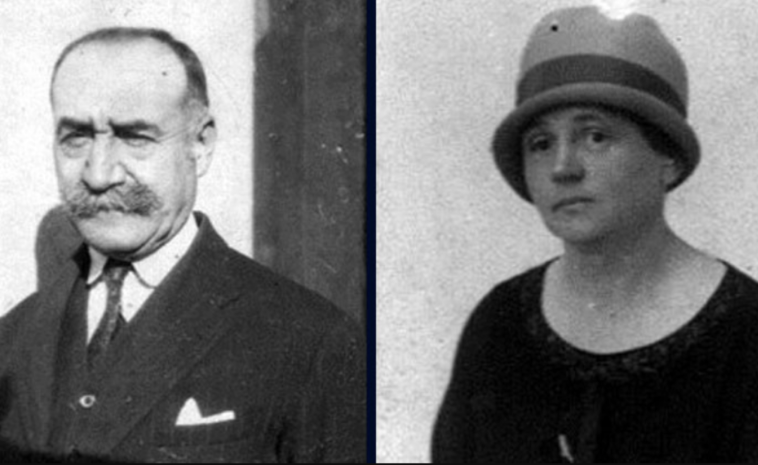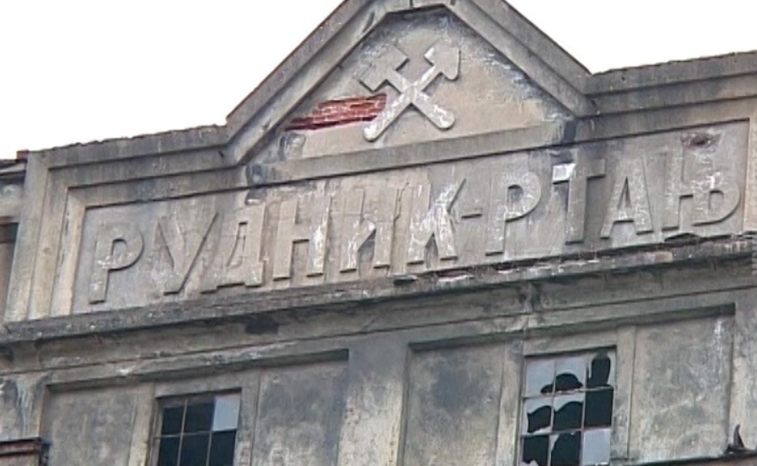Rtanj- a place of legends, healing energies and alien phenomena, part 2

A natural pyramid in Eastern Serbia, which is believed to be hollow inside, but all the entrances to it are closed, because, as they say, whoever passed through it was no longer the same person.
The mountain rises abruptly from the plain in the form of a trapezoid, wide and massive, while at the top it narrows into an almost regular cone. For this reason, there is a belief that the mountain Rtanj is actually a pyramid and represents a natural phenomenon.
The Minh family and the legend of hidden wealth
The history of the mountain Rtanj is related to the story of a rich Jewish family. The Minh family owned a coal mine in Rtanj.
That “golden age” that everyone dreams about is the time in which the Minh family lived. At the end of the 19th century, the Jew Samuilo Minh opened a textile factory in the vicinity of Rtnje, and soon he started investing in mines in Serbia with his family and at the urging of his son Julius.

The Minh family provided apartments for the employees of the mine, opened schools, an infirmary, the first cinema, and an electrical switchboard. Julius Minh committed suicide for unknown reasons, so his brothers and wife Greta took over the management of the mine.
After the death of Samuil, they brought many foreign experts, so among the 2000 inhabitants, as many as there were in 1029, there were Germans, Hungarians, Austrians, Czechs…

The locals say that the secret of hospitality in the settlement of Rtanj is that the ancestors believed that every guest can be God, and if the host does not dedicate himself enough, he can anger God. That is why every hosted guest receives the best treatment that can be offered.
The treasure hunt
Greta, who married into the Minh family, gained great respect from the locals for the care she took of them and their workers.
In his honor and in memory of her husband, Greta built a small church-chapel on top of Rtanj mountain. It was consecrated in 1936, and it was built by 1000 workers.
Unfortunately, the chapel was demolished in 1992, due to the search for long-hidden wealth. Today, only the remains of the chapel are present.

Treasure hunters believed that the wealth of the Minh family was from the Germans, and later from the Communist Party, hidden under the walls located at the very top.
Roman Empire
Visitors to eastern Serbia are curious to look for evidence that the Roman Empire once existed here. Gamzigrad is the place where there is a guarded Roman palace – Felix Romuliana, which is on the World Heritage List.
This was the residence of Emperor Gaius Valerius Maximilian Galerius, who was buried in one of the two mausoleums on the nearby Magura hill, where he “joined the gods” with rituals. This was the last apotheosis (in ancient Rome this was a process whereby a deceased ruler was recognized as having been divine) in the history of mankind.

